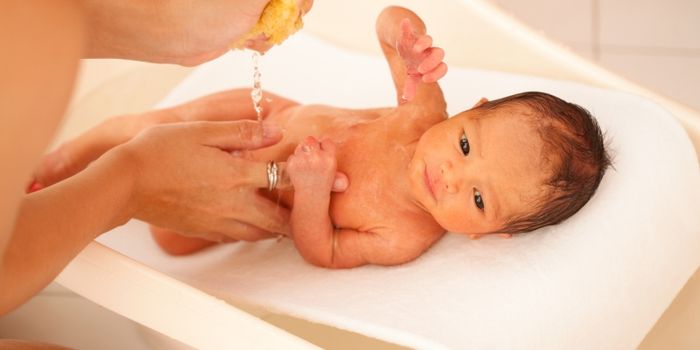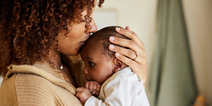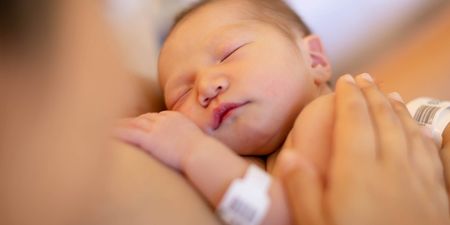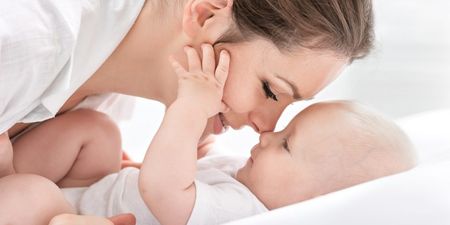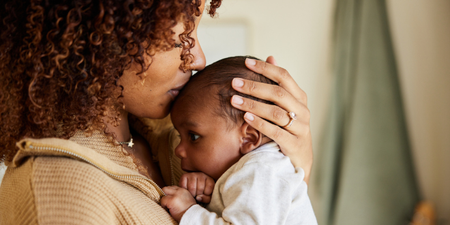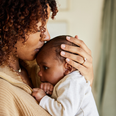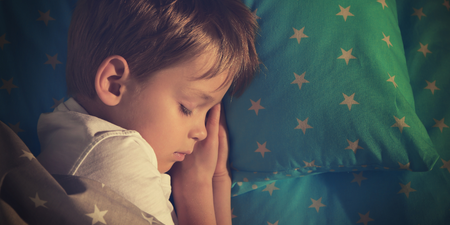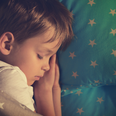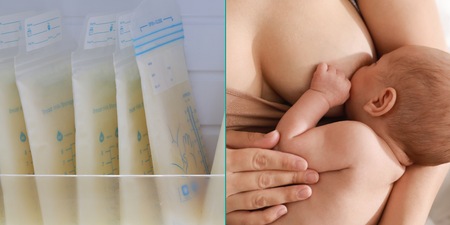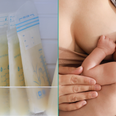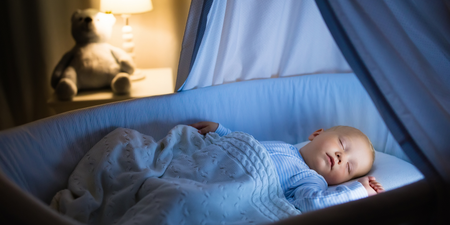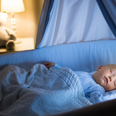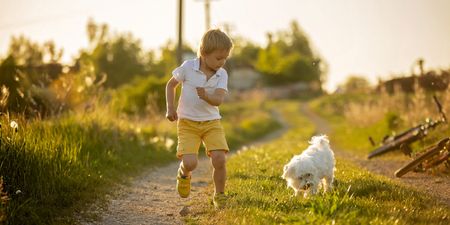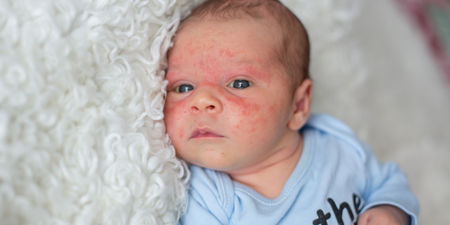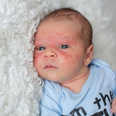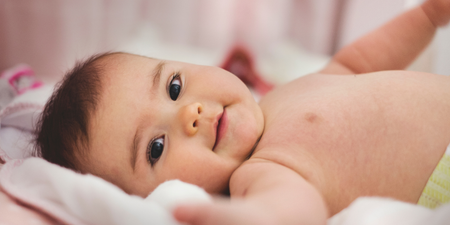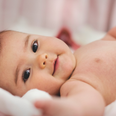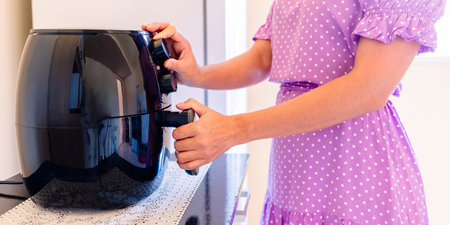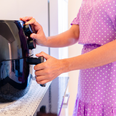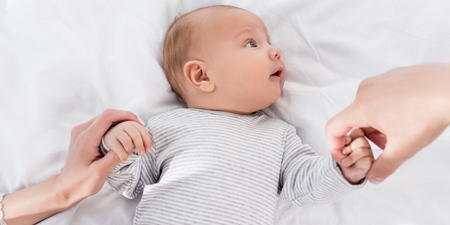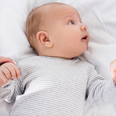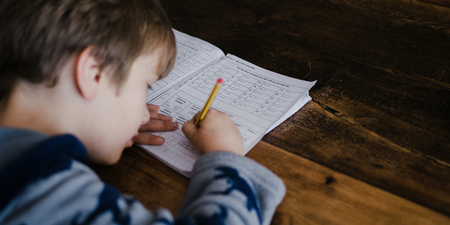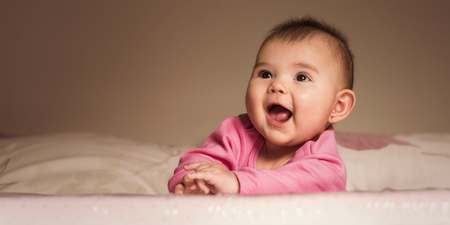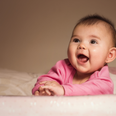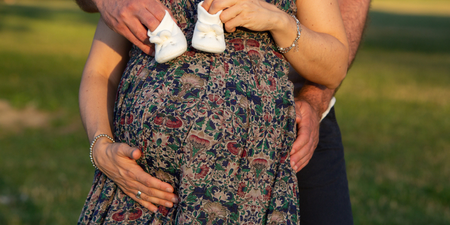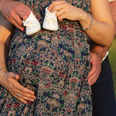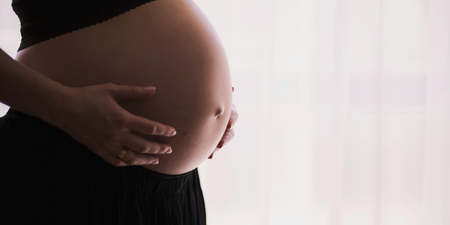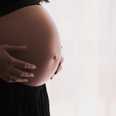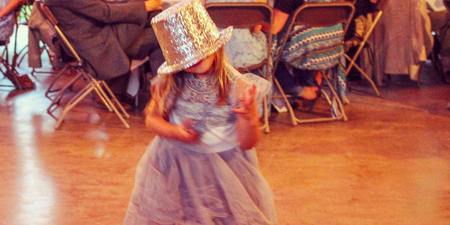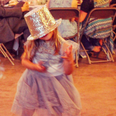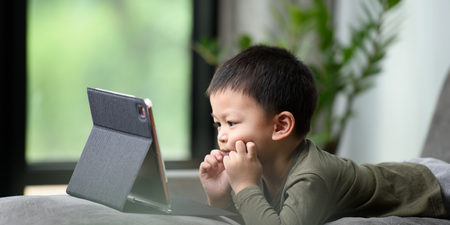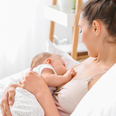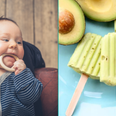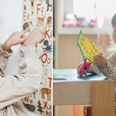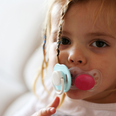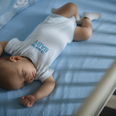Is there anything as amazingly perfect as newborn skin?
We think not.
To many new parents, caring for your newborn’s skin can seem a little nerve-wracking – I mean; they are just so brand new and delicate.
But just to help you feel less overwhelmed, we recently sat down with Dr Michéle Sayag, Bioderma’s Skin Expert, to chat silky soft baby bottoms and Bioderma’s new ABCDerm hygiene range for babies.
1. What should you look out for when buying skincare products for babies?
“Firstly, we recommend choosing dedicated baby products, specifically formulated for babies’ skin,” Sayag explains. “Baby-specific products are essential as the concentration of ingredients are appropriately formulated and can adapt easily to their sensitive skin.”
When it comes to cleaning products, Sayag recommends using gentle cleansing products that not only doesn’t dry out the skin, but that is soap free and doesn’t sting the eyes.
“The new ABCDerm Gel Moussant is a must-have cleansing product as it’s suitable for everyday use, and can be used on the face, body and hair.”
As for hydrating products, Sayag says it’s important to look out for moisturising, protecting and softening properties as well as clinical tests trialled on baby skin.
“The ABCDerm Hydratant is mild, nourishing milk that moisturises, softens and protects even the most fragile skin, with 100% of mums noticing that their baby’s skin was softer, suppler and well moisturised after use.”
2. How often should you bathe your baby?
“Typically, bathing once a day/ once every two days is fine for babies without dry skin,” says Sayag. “However, in case of eczema or very dry skin, every 2/3 days is adequate. Hair cleansing every day is not necessary, once a week is sufficient.”
3. Why is it not good to bathe/wash your baby’s skin too much?
“After too many washes skin dehydration can occur, as well as a change to the natural skin barrier function. In some cases, irritation can also occur, especially around the nappy area so we suggest bathing every couple of days to prevent this.”
4. Irritations/dry skin on baby: What do I do?
“At the first signs of dry or irritated skin, we recommend decreasing the number of baths per week and use a very gentle cleanser such as the ABCDerm Gel Moussant or ABCDerm Micellar Water,” explains the skincare expert. “Apply a mild, moisturising and soothing product once/twice a day to the affected areas. If the irritated skin is specifically isolated to the nappy area, we suggest using the ABCDerm Change Intensif, which is a water-based formula, specifically formulated for Nappy Rash. This treatment soothes redness and quickly relieves sensations of discomfort thanks to D-Panthenol that helps repair the weakened skin barrier.”
5. How can I avoid my baby’s skin getting irritated and dry?
“When bathing, keep the water temperature lukewarm to prevent dehydrating the skin and use a hydrating product as soon as they are out of the bath. In winter, keep the bedroom at 19-20 °C and continuously hydrate the skin to prevent dehydration.”
6. Are there any ingredients I should be looking to avoid?
“Using specific baby products will limit the risks of toxicity to baby skin. It’s important to check the absence of any colouring ingredients, alcohol, paraben, phenoxyethanol, chlorphenesin, isothiazolinone, and essential oils. As a rule of thumb, choose products with a limited number of ingredients.”
7. Is there anything I can use for cradle cap?
“A daily wash is absolutely necessary in case of cradle cap as it helps to soften the flaky skin. However, with persistent cradle cap, we would suggest that a specific skincare be used with a gentle exfoliating action, promoting flake detachment, without causing irritation. The product must also have a moisturising action to ensure the removal of the flaky skin.”
Sayag recommends ABCDerm Babysquam, a specific treatment for cradle cap which effectively eliminates flakes and dry skin thanks to an original combination of keratolytic active ingredients (arabinogalactan and lactic acid esters).
“It moisturises and nourishes the skin thanks to the emollient action of intense moisturising agents such as Shea butter and glycerin. This treatment eliminates cradle cap while protecting the scalp of babies and should be used once a day.”
8. Why do babies get nappy rash and how can I avoid it? And how can I best treat it if it happens?
“The nappy area is extremely fragile due to the moisture arising from the nappy itself,” explains Sayag. “The best way to avoid it, is to change the baby’s nappy as often as possible and use a gentle cleansing product on the affected area.”
The skincare expert explains that the skin should be then dried very gently and carefully.
“In the case of nappy rash, increase the number of nappy changes and apply a soothing insulating and protective care on the nappy area. The best form is a “watery paste” with absorbent mineral powders, creating a protective film on the skin, insulating it from moisture and irritations. This nappy rash skincare should also contain soothing, repairing and purifying ingredients.”
